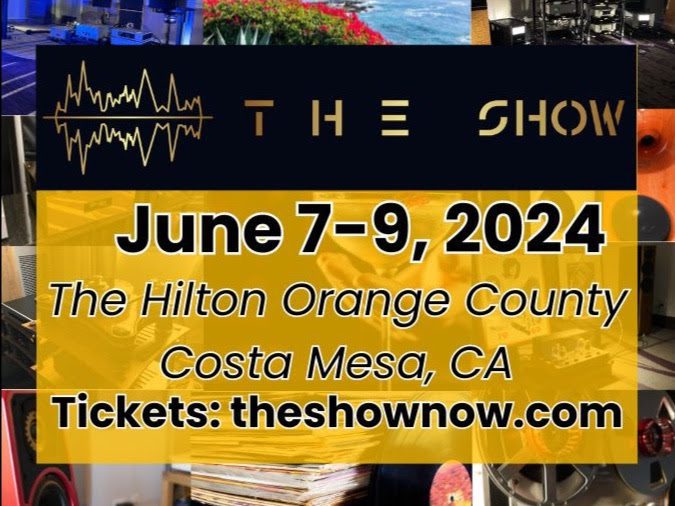
All photos by Jonson Lee
Prices listed are in US$.
T.H.E Show 2024 was held at the same venue as last year, the Hilton Orange County in Costa Mesa, California, where close to 80 exhibitors representing 200 brands showed up. I picked Sunday, the last day of the event, to attend because I knew the event would be less crowded on Sunday than on Friday or Saturday. As much as I like to mingle with fellow audio enthusiasts, I don’t particularly enjoy waiting my turn to grab a good seat in a densely populated showroom. Attending on the last day mostly solved that problem.
The first thing I wanted to do at the show was revisit some of the companies I’d checked out in previous years whose demos had left me with a positive impression. I was curious to see if I’d feel the same about those demos this year, in a potentially different room and with different music.
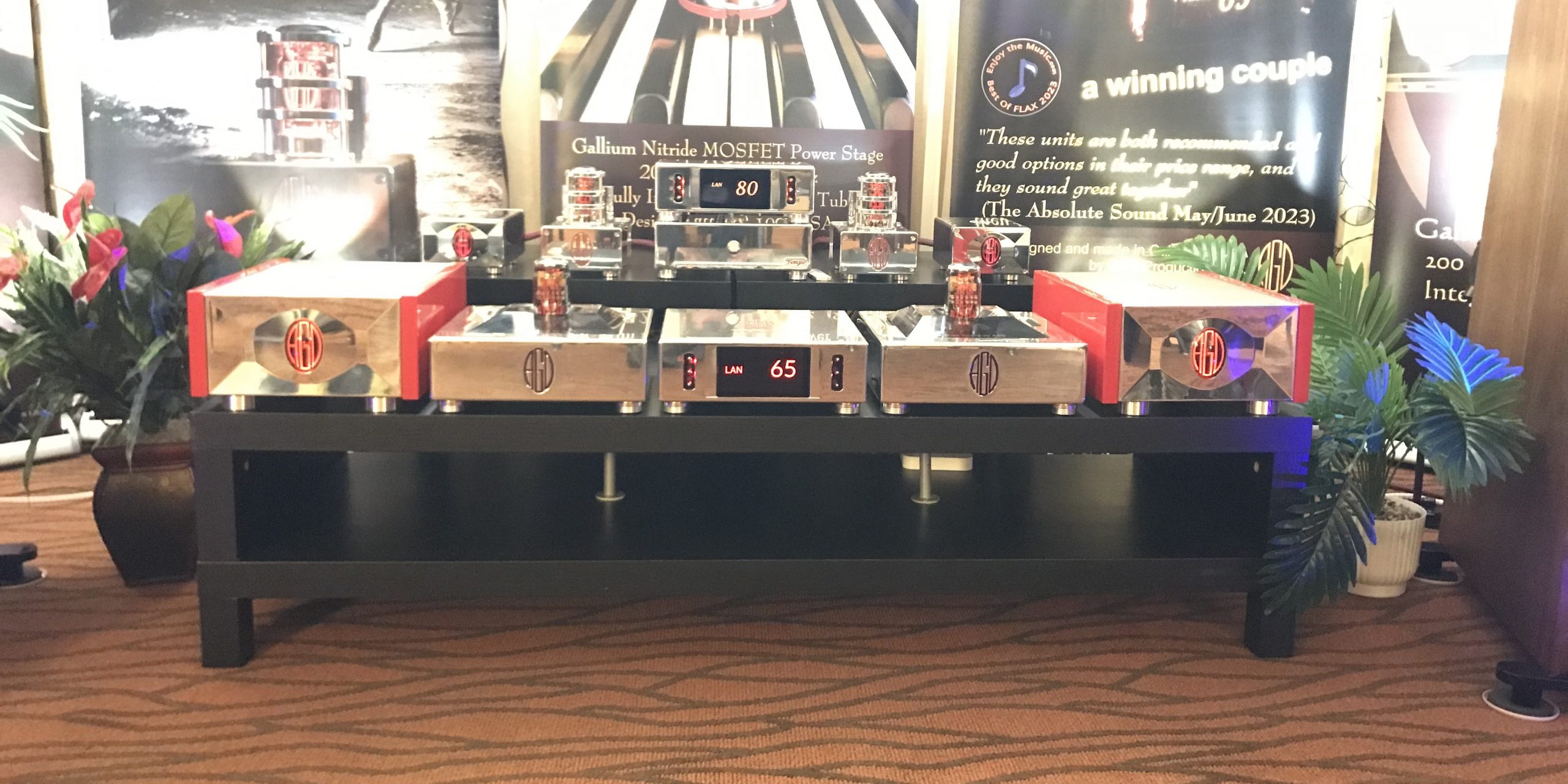
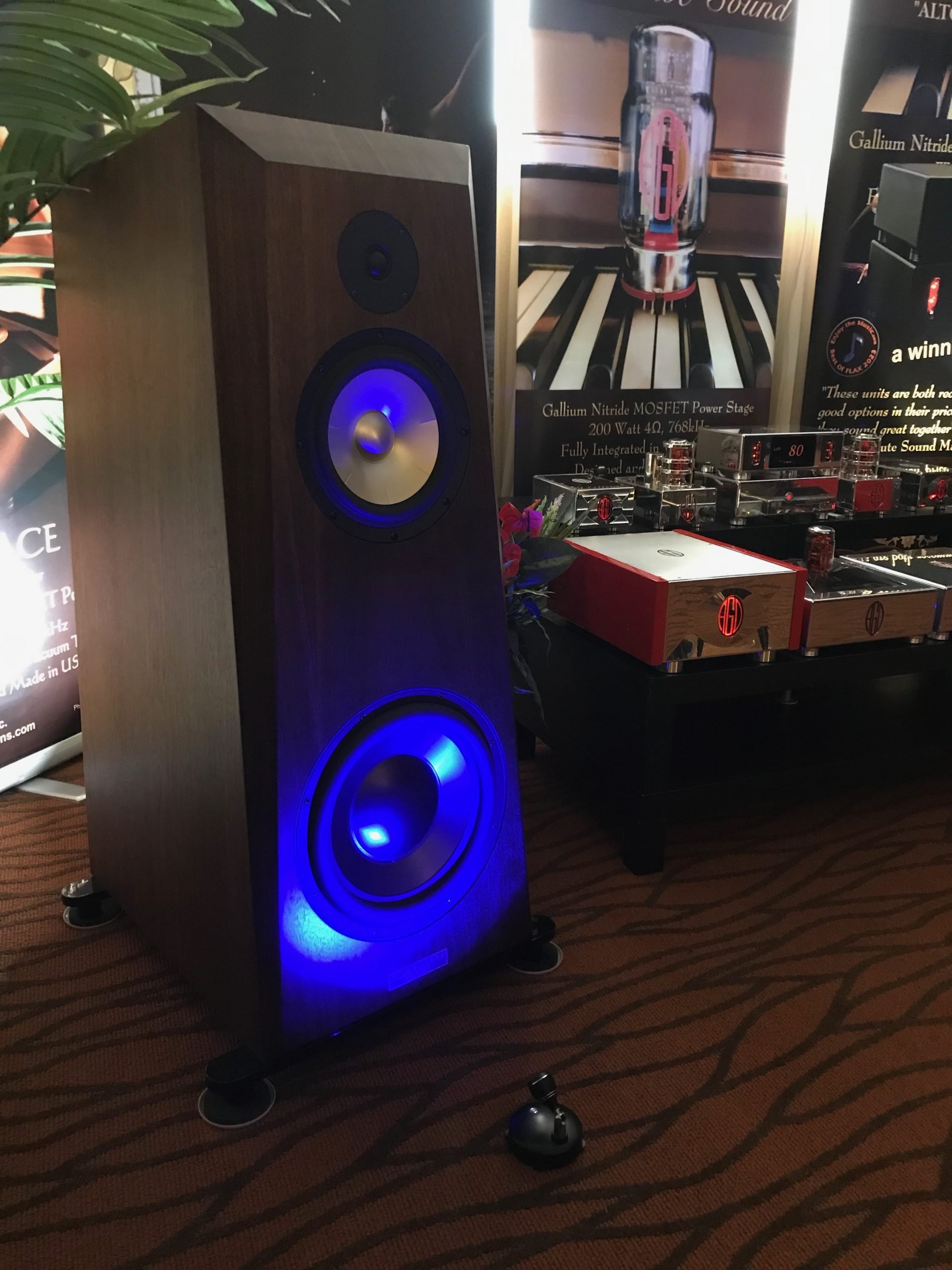
The first such room belonged to AGD Productions, where I reconnected with owner Alberto. AGD was demoing the same equipment as last year: an AGD Andante preamplifier/streaming DAC, a pair of AGD class-D Audion Mk lll monoblocks (starting at $7850/pair), the top-of-the-line AGD class-D Solo Limited Edition Gan-Power monoblocks ($23,500/pair), while the speakers were the Ocean Way Sausalito MKII ($36,000/pair). I had been deeply impressed by what I’d previously heard from the company’s class-D amplification. Would the story repeat itself?
Playing very familiar tracks to demonstrate an audio system can be risky because it can make it easy for visitors to hear when something sounds off. Alberto was doing just that while I was there, via his Solo monoblocks, by playing the theme music from Indiana Jones and Star Wars. Not only did I fail to hear anything that sounded off, but I got completely immersed in the music. The orchestra moved and breathed and occupied the soundstage convincingly and realistically.
I followed that up with a visit to Mexican manufacturer Margules, whose room I’d visited at the 2021 T.H.E. Show, and which had also impressed me. Warm and relaxing were qualities I remembered of the sound.
Entering the company’s room this year, I heard a laid-back jazz track that seemed to confirm what I remembered. It was the kind of sound that put me at ease. And when I started thinking, ‘Now I want to hear something that can kick and scream’, as if on cue, Tool’s “Fear Inoculum” roared out of the system. Yes! The system rocked as hard as the song. I was so relieved that it didn’t add softness or “warmth” to ruin it. It sounded authentic. The way it should.
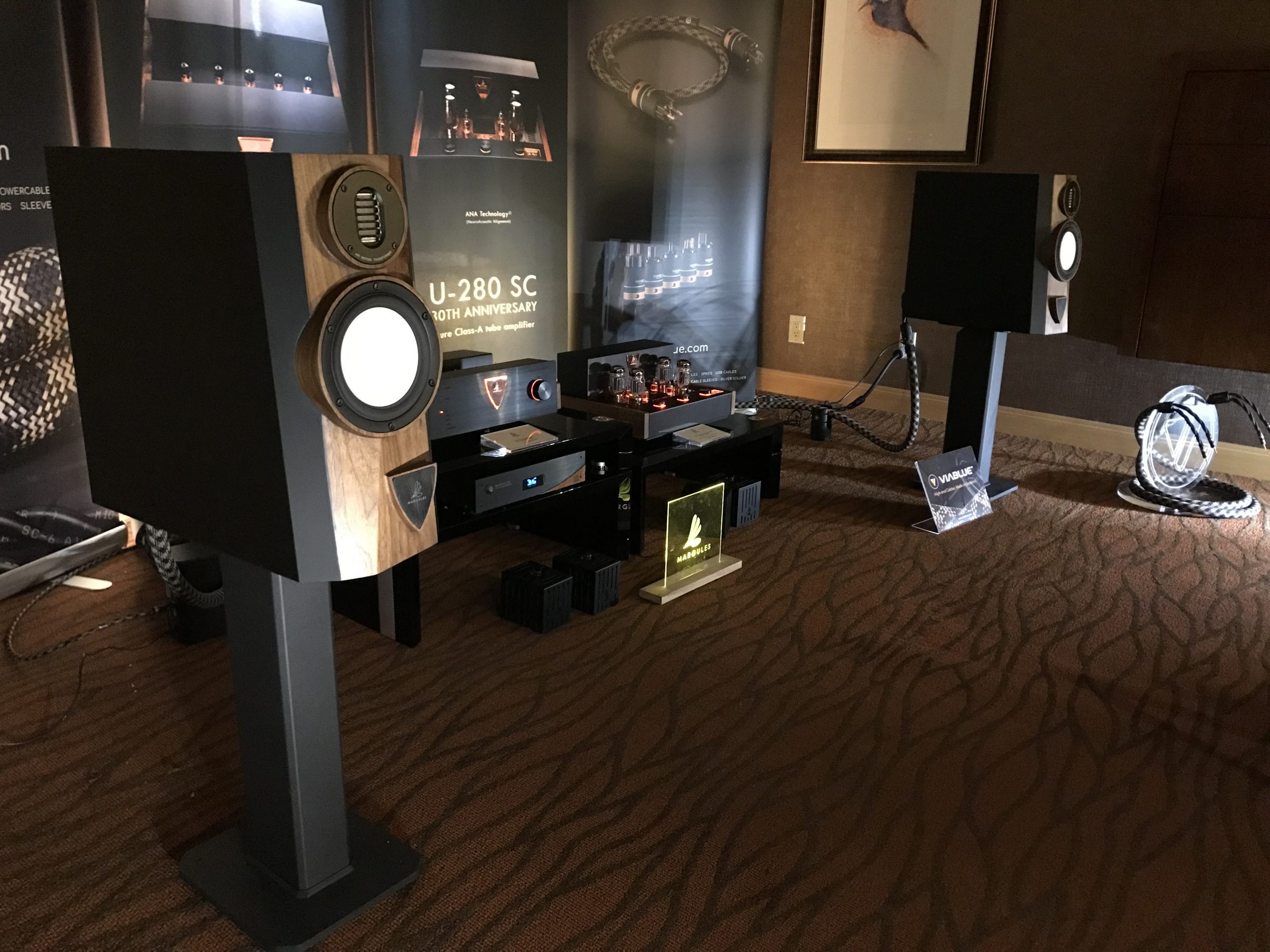
Other than the cabling, which was by Viablue ($various), the system was all Margules: the standmount, AMT tweeter-equipped Orpheo Century Overture speakers ($19,900/pair), a SF220SC Special Edition class-A tube preamplifier ($8000), a U-280SC 30th Anniversary Edition class-A tube amplifier ($12,000), and a MS01 music server ($3500).
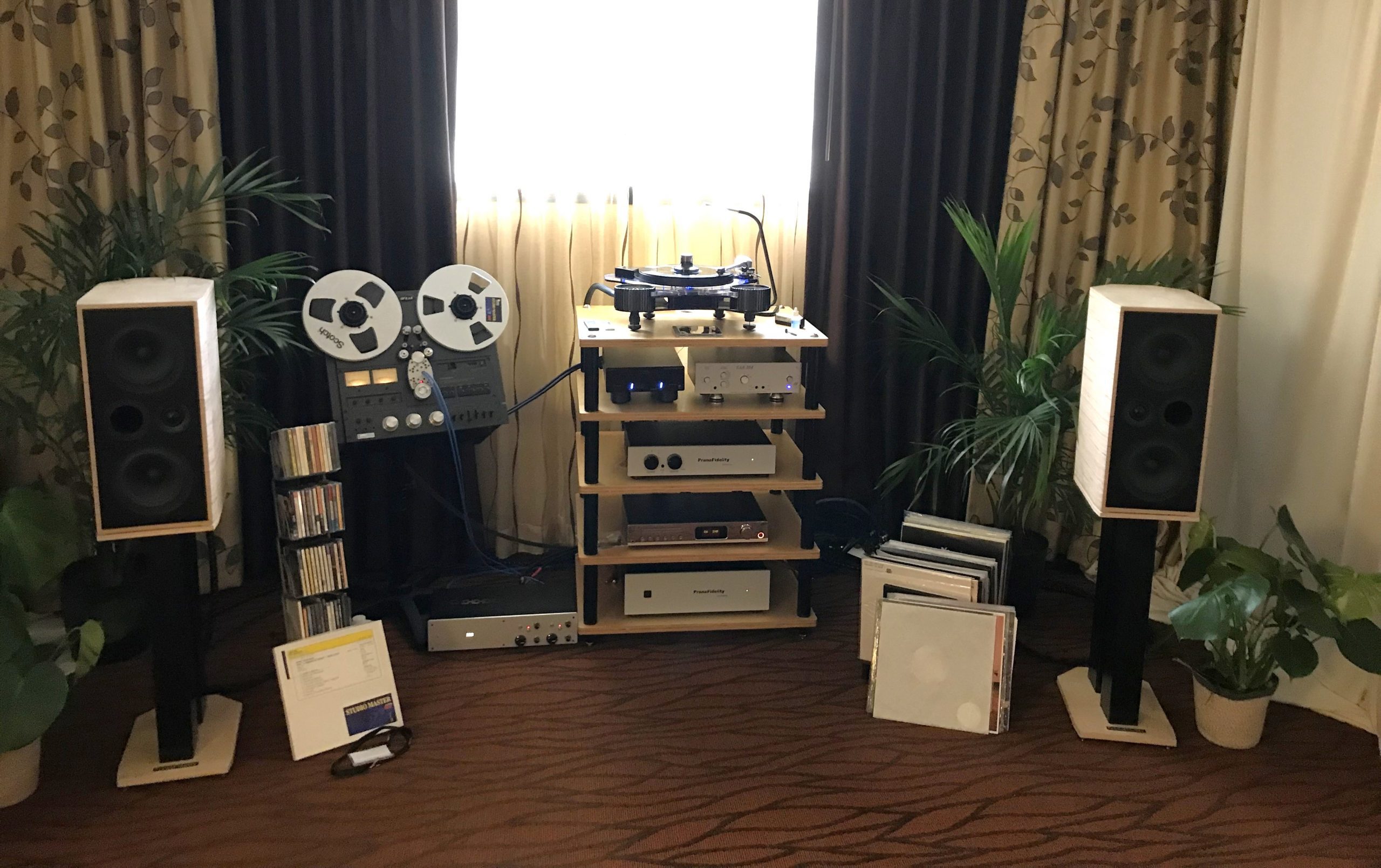
The most vintage experience I had at the show was in the PranaFidelity/EAR room. On a Technics RS-1500US reel-to-reel player ($various on the used market), the exhibitors played a couple of tapes—original masters of classical pieces by Stravinsky and Shostakovich, each of which, I was told, was the only copy of the recording in the world. And they sounded magical. As I was listening, I started wondering how much of this wonderful sound quality was coming from the medium itself.
A studio engineer once told me about how he would combine digital and analogue recording technologies. He would record and process everything digitally, but, for certain recordings, he would transfer the digital file to reel-to-reel tape, then back to digital, which would become the final master for production. Why go through the hassle? Wouldn’t it only add noise? His answer was, he did it because of a certain “pleasant quality” the tape player adds to the sound.
So, was the “magic” I was hearing in the PranaFidelity/EAR room mostly due to the reel-to-reel player? As if to answer my question, the hosts turned off the player and played a Louis Armstrong song on vinyl on a Helius Designs Viridia turntable ($7195) fitted with a Helius Designs Omega Silver Ruby tonearm ($5225) and Dynavector moving coil DRT XV-1s cartridge ($5850). It still sounded magical. “Okay”, I thought, nodding to myself in approval. “This is a great room, with or without the tape player”.
Completing the system were an EAR Model 324 phono preamp ($6095), a Townshend Allegri Reference MkII preamplifier ($14,000), a 400Wpc PranaFidelity purna/ma amplifier ($10,500), a pair of standmount PranaFidelity Dhara speakers ($9500/pair), and cables by PranaFidelity and Furutech ($various).
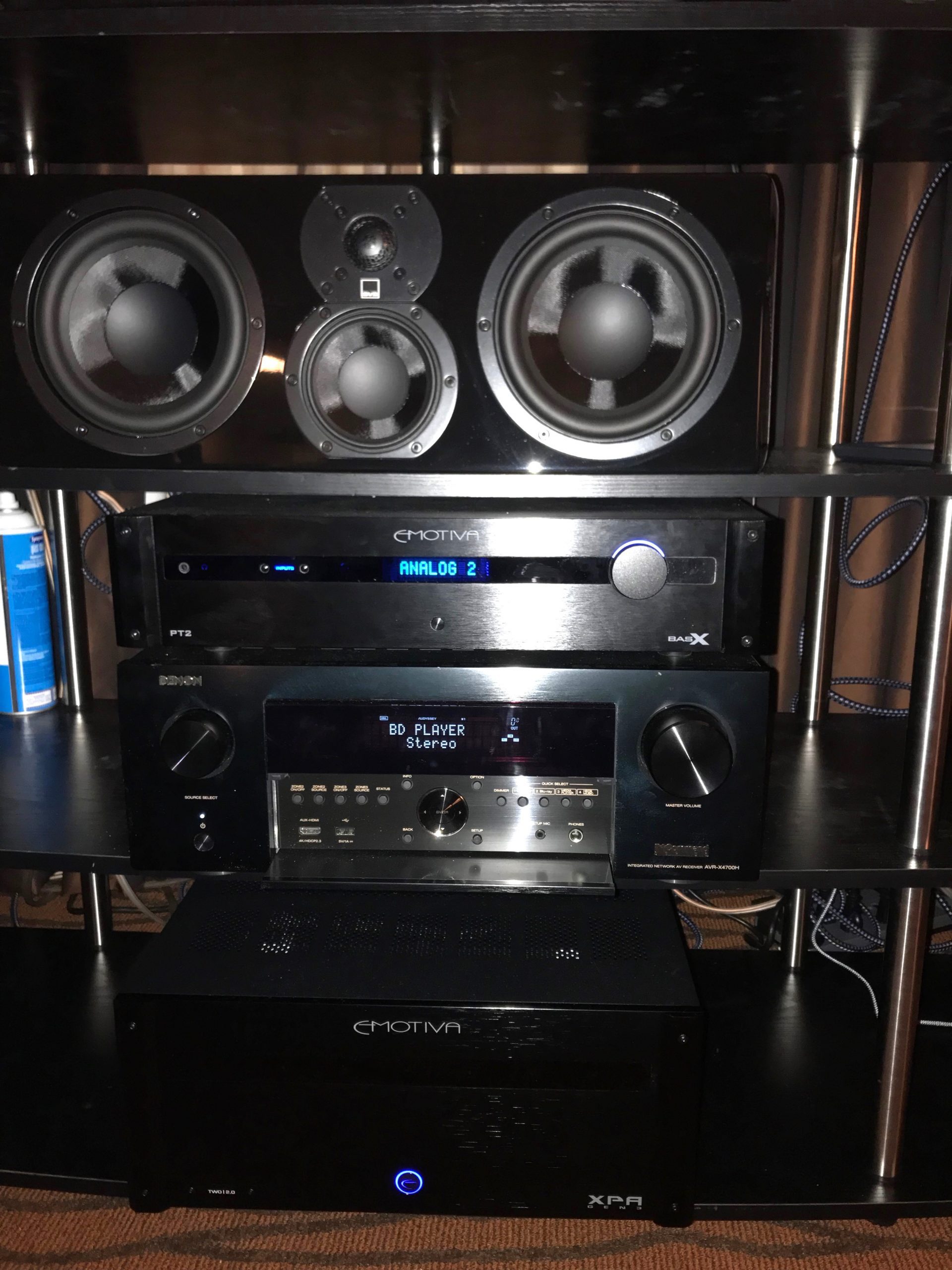
It was in the SVS room where I spent the most time at the show. At the Montreal Audiofest held in March this year, the manufacturer’s Ultra Evolution Pinnacle tower speakers ($5000/pair) were some of the least expensive at the show, but their room was, for me, one of the best sounding ones. It was no different at this year’s T.H.E. Show, even on material as complex as Mahler’s 5th symphony. Even harder to believe was that the speakers were being driven by a $579 power amp—Emotiva’s BasX A2. I already have enough speakers at home, but I was tempted to buy the Pinnacles to drive them with my own amp. It was hard to fight the feeling.
And I swear, just as I felt it was hard to fight the feeling, someone in the room requested the song “Can’t Fight This Feeling” by REO Speedwagon. At least for me, something spooky was going on in that room.
Completing the system were a Cambridge CXN1000 network player ($1099) and SVS’s own SoundPath cables ($various).
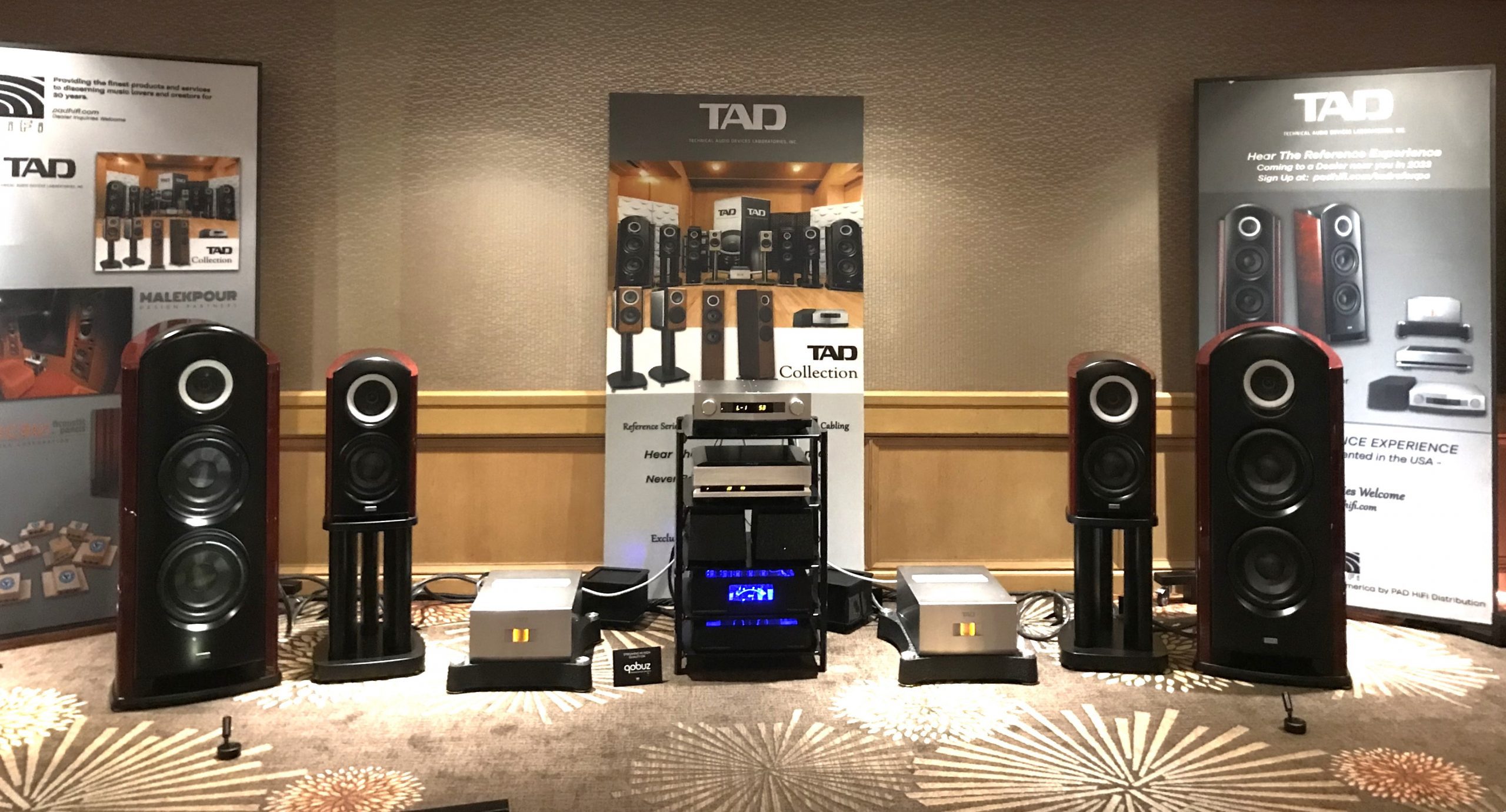
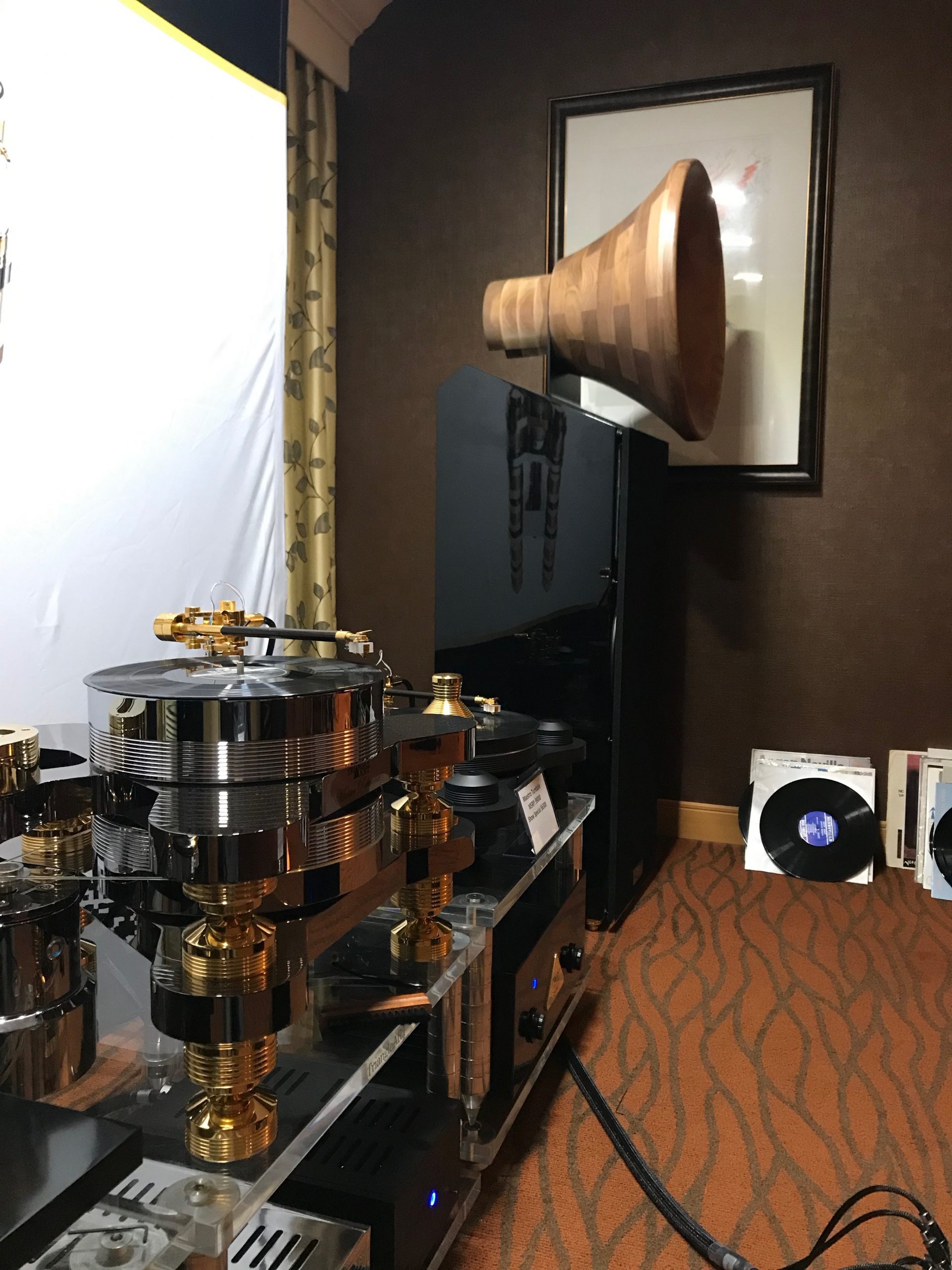
Being demoed in the TAD room were a pair of 3-way TAD Evolution One E1TX-K speakers ($30,500/pair), a TAD M1000-K/S 2-channel Evolution Series amplifier ($19,500), a TAD DA1000TX-S DAC ($15,900), a TAD C1000 preamplifier ($24,950), and a Wolf Audio Alpha 3 SX music server (starting at $9500), with cabling by TAD and Synergistic Research ($various).
On a FLAC stream of Freddie Hubbard’s “Red Clay”, the system sounded relaxed but articulate, with no muddiness or hard edges. It sounded like it was made to play this kind of groovy music. I got curious about how it might sound with solo violin or hard rock, but alas, the TAD people were having technical issues with the streaming software and were unable to play more tracks.
As soon as I saw the TriangleArt Metis Horn speakers ($60,000/pair) in the TriangleArt room, I knew their appearance would create a division between my wife and me if I brought them home. For fun, she and I look at speaker photos online and I know what she thinks of how horn speakers look. I love the way they look. The main reason I haven’t owned horn speakers is because I don’t always like the way they sound. Not so in the case of the Metis speakers, which, along with their good looks, sounded great in this room. The exhibitor played a vinyl copy of Provocative Percussion Volume 2 from Command Records, a recording I’d never heard of but that I later found out was quite famous. It debuted on the Billboard pop album chart in 1960 and peaked at the No. 4 spot. It sounded utterly fascinating to me through TriangleArt’s demo, which also included a TriangleArt I-20 tube single-ended integrated amplifier ($9950), a P200 tube phonostage ($18,000), Rhea cables ($various), and a vinyl front-end consisting of a Maestro turntable ($9000), a Horus 12” tonearm ($4400), and an Apollo MC cartridge ($9000). The recording’s myriad instruments appeared in the room distinctly and effortlessly, with great warmth and texture.
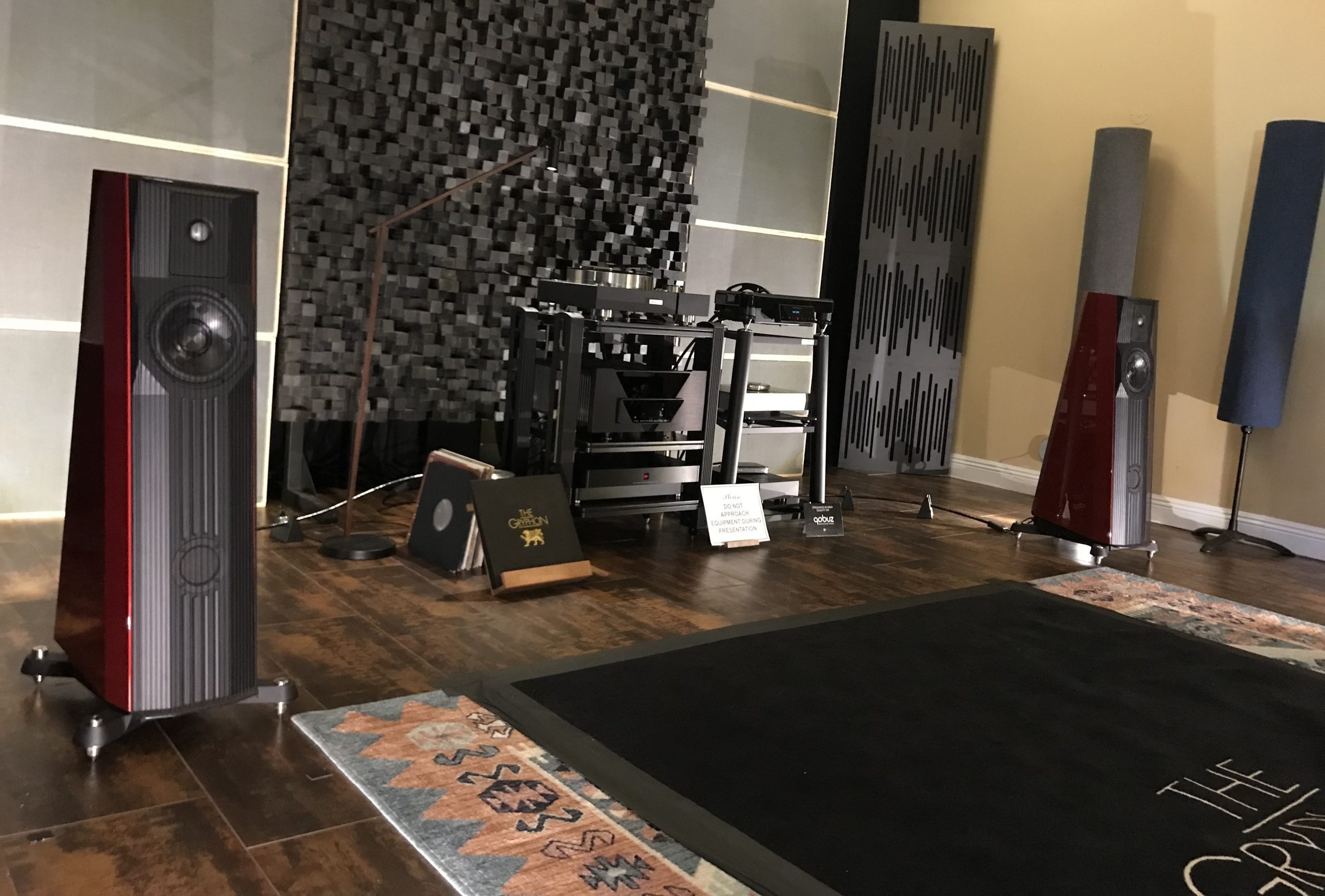
The first thing I noticed in the Gryphon Audio room was its elaborate array of acoustic panels and bass traps. I’m a big believer in acoustic treatment, so I imagined the system would sound great, and it did! Its sound held me captive, and I spent quite a bit of time in the Gryphon room listening to a cross section of recordings, all of which were rendered beautifully. Three of the standout tracks were Amii Stewart’s “Killing Me Softly with His Song”, Chris Stapleton’s “Death Row”, and Zander Zon’s “Accelerate”, as streamed from an Innuos Pulsar streamer ($7999) / Phoenix Net network switch combo. The rest of the gear was by Gryphon: a pair of EOS2 speakers in the Soul Red Crystal finish ($24,800/pair), a dual-mono, class-A Diablo 333 integrated amp ($24,900), a DAC3 Reference ($7500), even the cabling ($various). Room treatment included diffusers and bass traps ($various) by Vicoustic and Acoustic Sciences Corporation (ASC)..
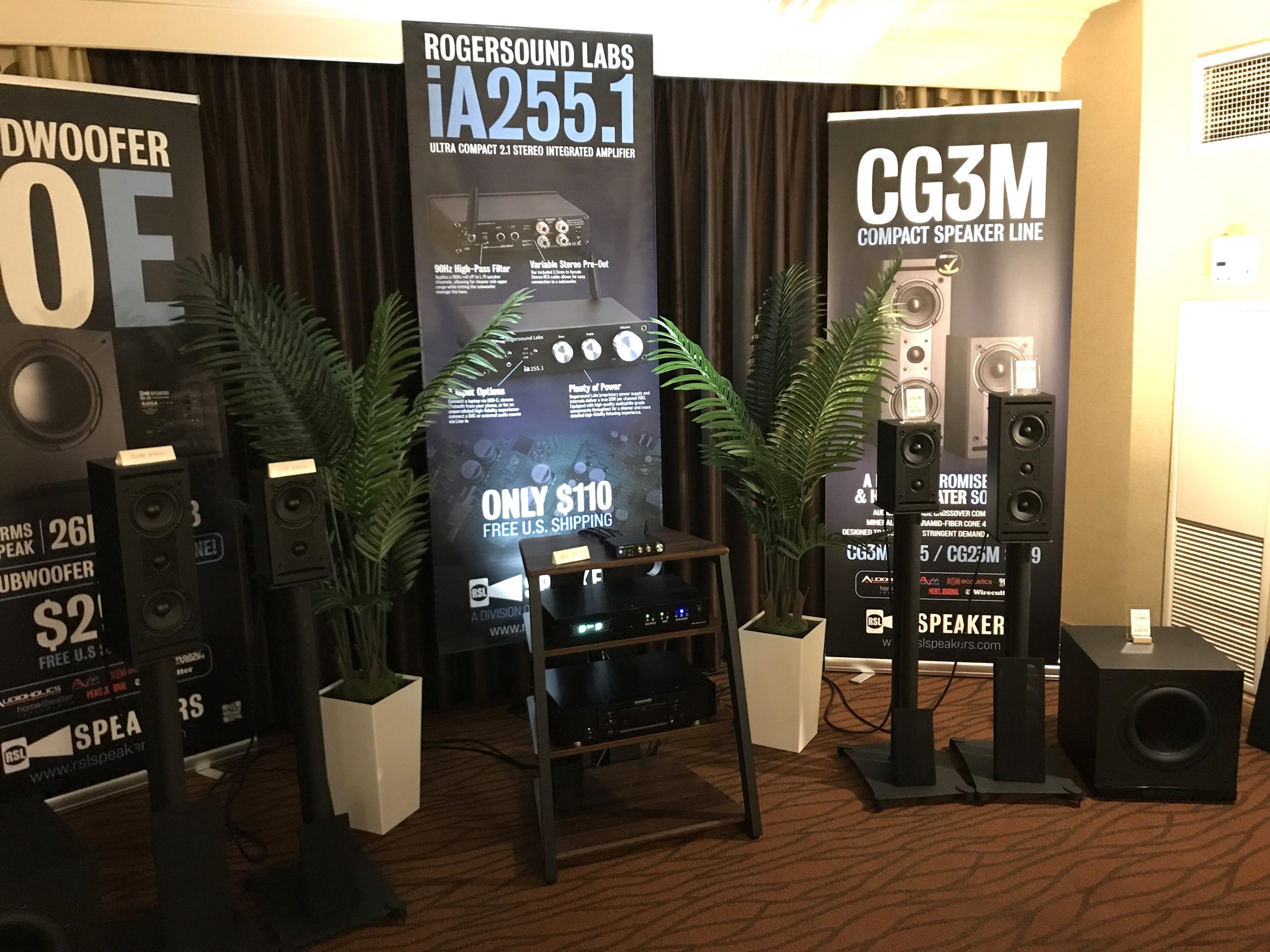
The room that shocked me the most? The one hosted by Rogersound Labs. The source of the shock was none other than the system’s price point, but not in the way you might assume. I’d been to many audio shows but never seen a room displaying speakers with a two-digit price tag. But there they were—the Rogersound Labs RSL CG23M speakers—with a show price of $89.99/pair (regular price: $149/pair). And the cost of the company’s 55Wpc, class-D iA225.1 amp? A paltry $110. It was as small as my palm. I am a big fan of hard-to-believe, only-in-your-dreams pricing in audio but this was on another level. And the sound they made completely exceeded my expectations. It was good. Really good.
Admittedly, the aforementioned speakers and amp were getting help from the company’s 400W Speedwoofer 10S MKII subwoofer (show price: $269, regular: $449), but still—I couldn’t believe the astonishing price-to-performance ratio. Perhaps a big part of that was due to the company’s decision not to rely on the amp-speaker combo for any bass below 90Hz, perhaps the most expensive frequency region. With the amp’s bass cutoff switch on, all the lows were going to the subwoofer. Smart.
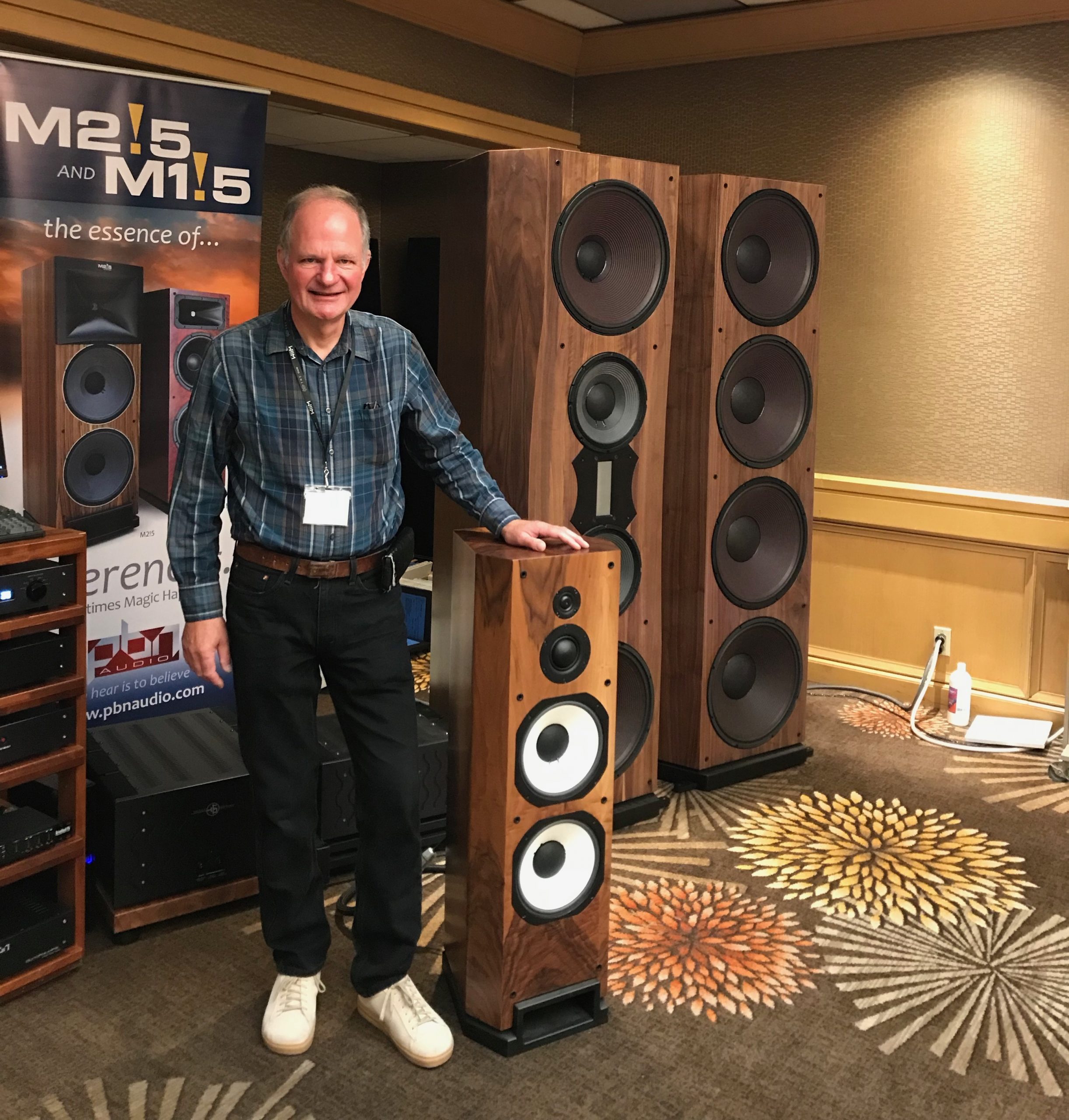
And finally, what was my “Best of Show”? Keeping in mind that my pick is based only on the rooms I visited—and there were many I didn’t get a chance to visit—the winner was the PBN room, which was showcasing the company’s 95dB-sensitive MR!777 speakers ($97,750), 185lb configured-in-stereo Olympia EB-SA3 stereo/mono amplifier ($63,250), Olympia LX/is preamplifier ($25,300), and Olympia DX DAC ($20,150) fed music by a custom PC, while cabling was by Kimber Kable.
I’d stopped by the company’s room in previous years but wasn’t lucky with the listening environment. Either people were talking too loudly in the room or there was too much noise coming in from the hallway. This time, it being late afternoon on the last day of the event, there were hardly any people around. Plus, I got to listen to two recordings I knew intimately: The Dark Side of the Moon by Pink Floyd and Saint-Saëns’ Symphony No. 3 Organ conducted by Myung-Whun Chung.
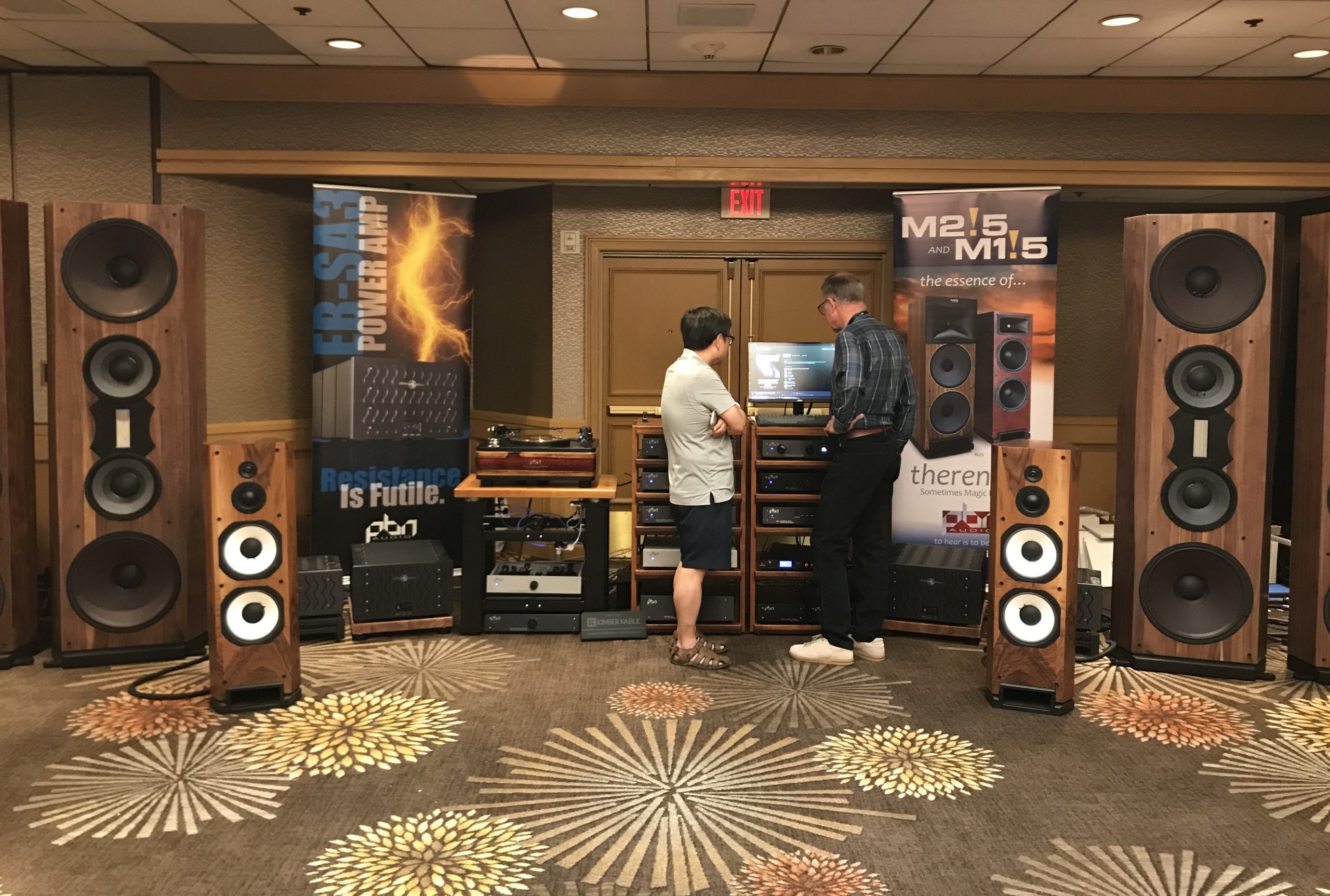
Many audio systems at shows disappointment me when they try—and struggle—to play a large-scale orchestral piece. This has happened so many times that I dread playing this type of music through most show demos. In the PBN room, it wasn’t me who asked for the Saint-Saëns symphony. The exhibitor just played it. And out of countless recordings of the piece, he picked the version I’d heard the most. I didn’t ask for the Pink Floyd classic, either, but I’d also heard it many times.
What I’m going to say now with 100% certainty is that I had never heard these two recordings sound better than they did in this room. Without a doubt, the room by PBN was the best I heard at the show. But again, there were many rooms I didn’t get to hear. For this, I blame show organizer Emiko Carlin for filling the Hilton Orange County with more exhibits than I could handle!
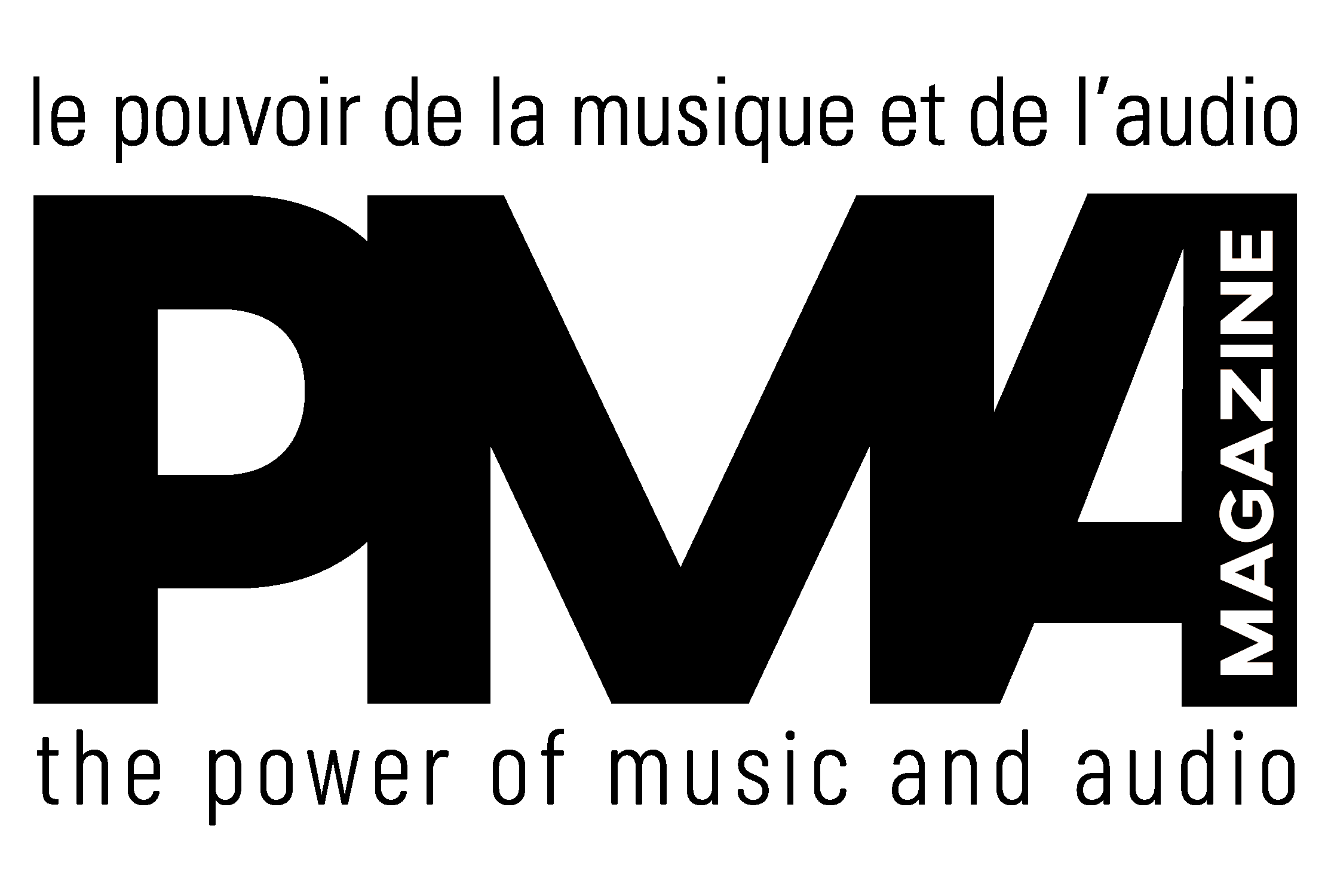

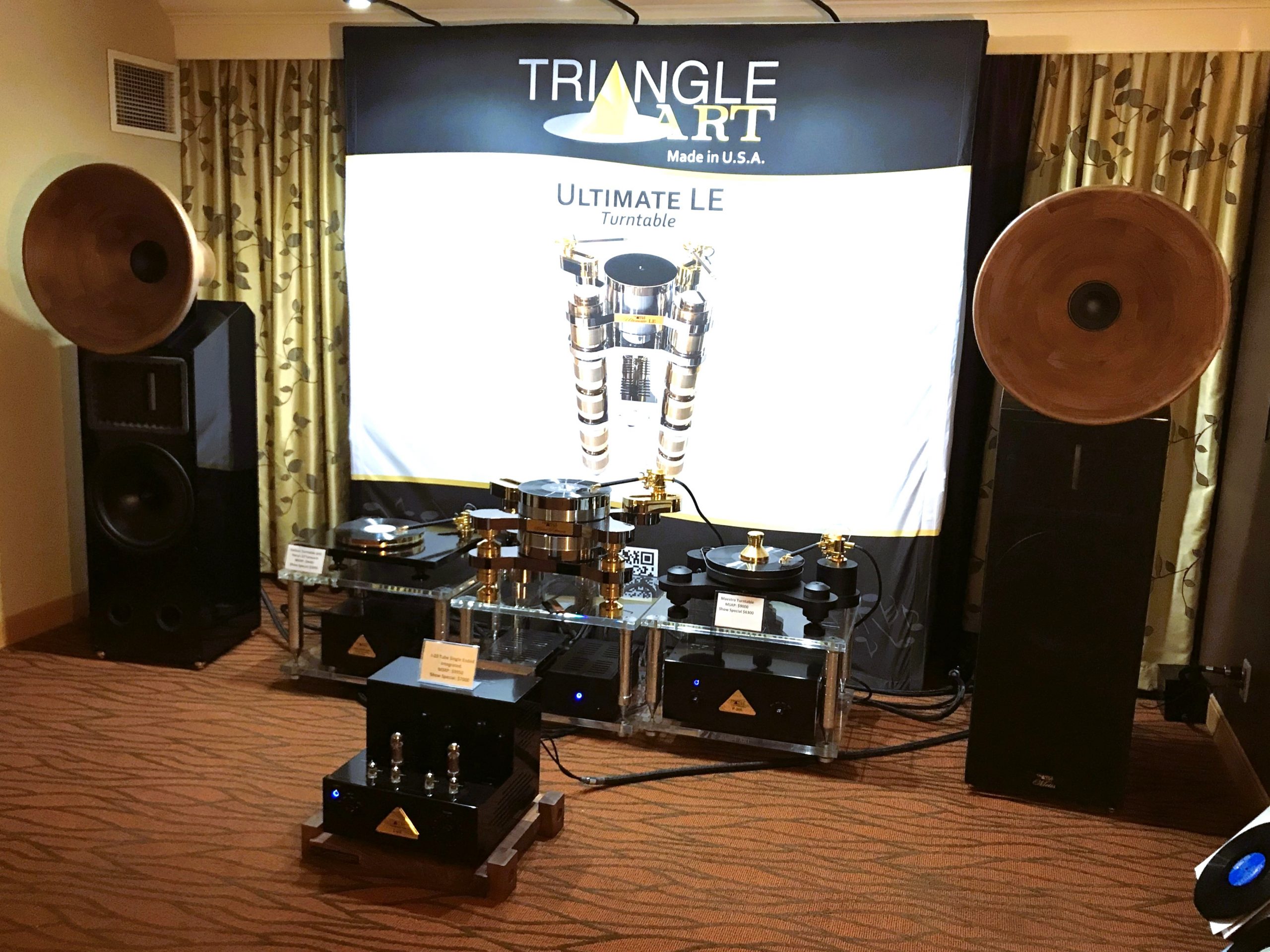


















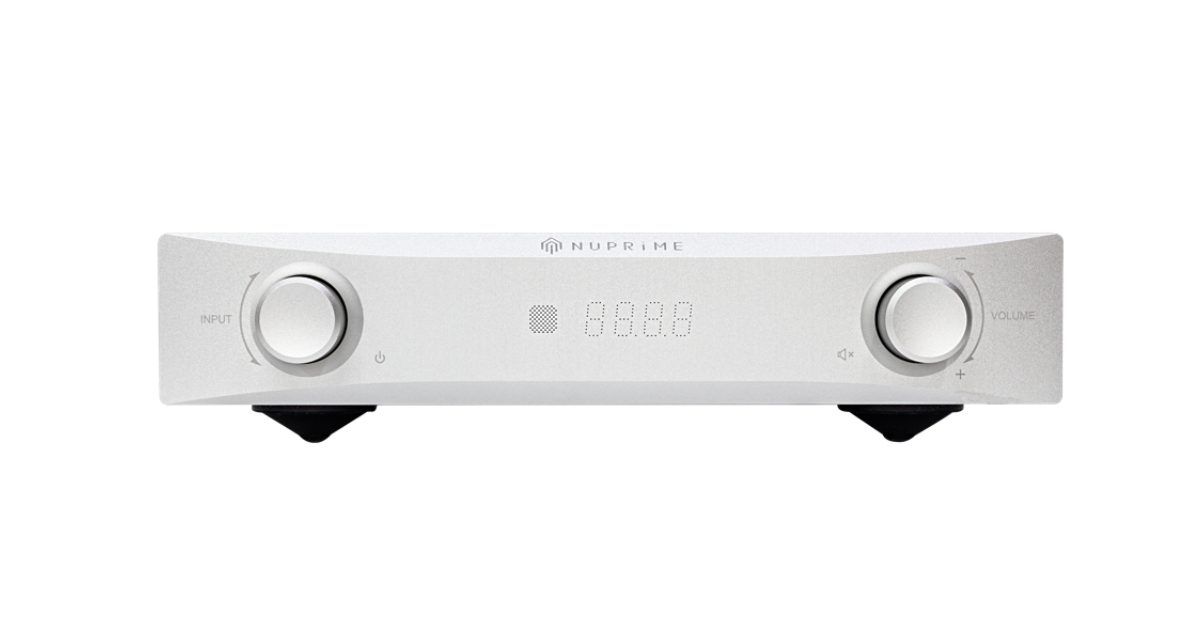
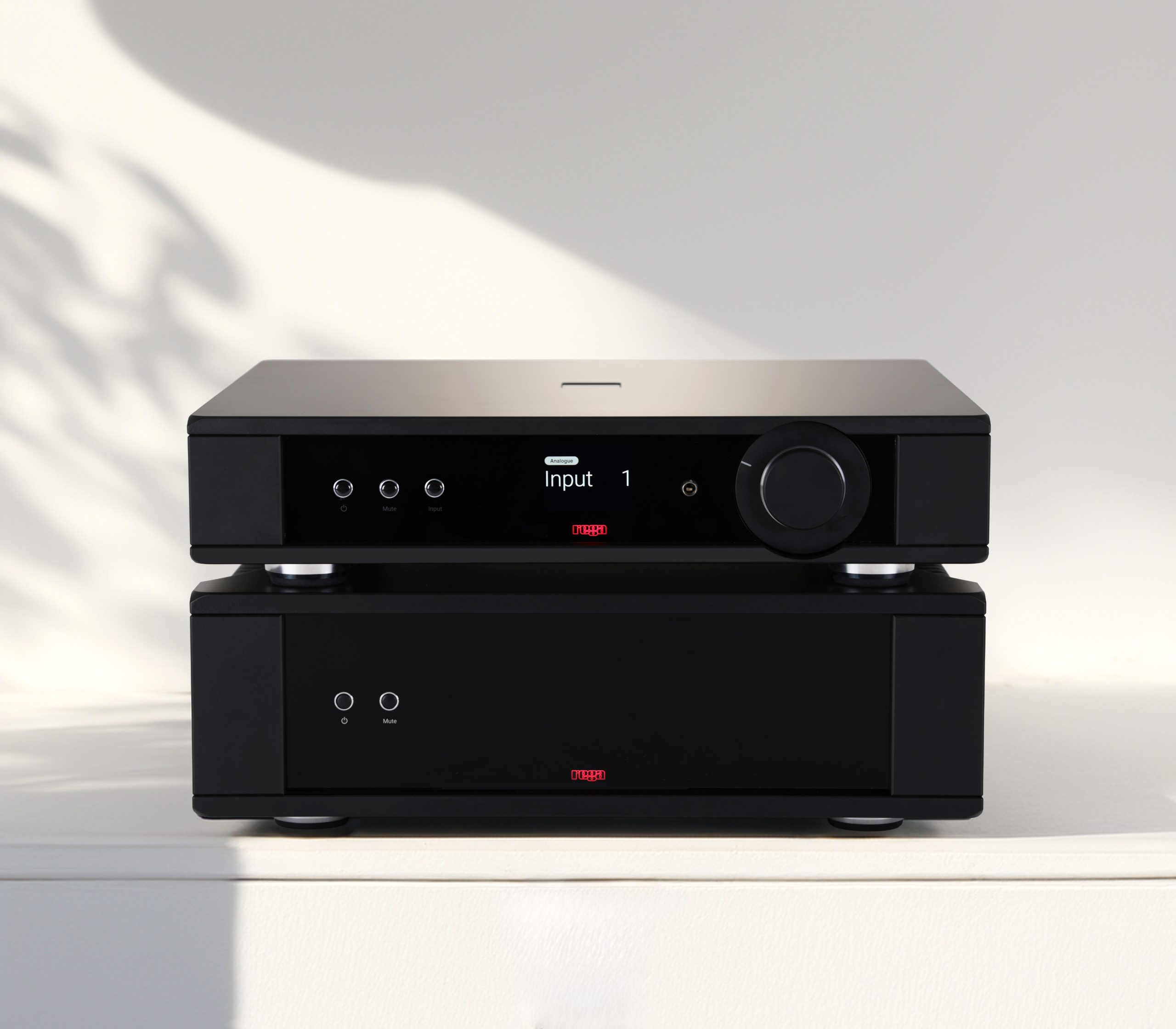
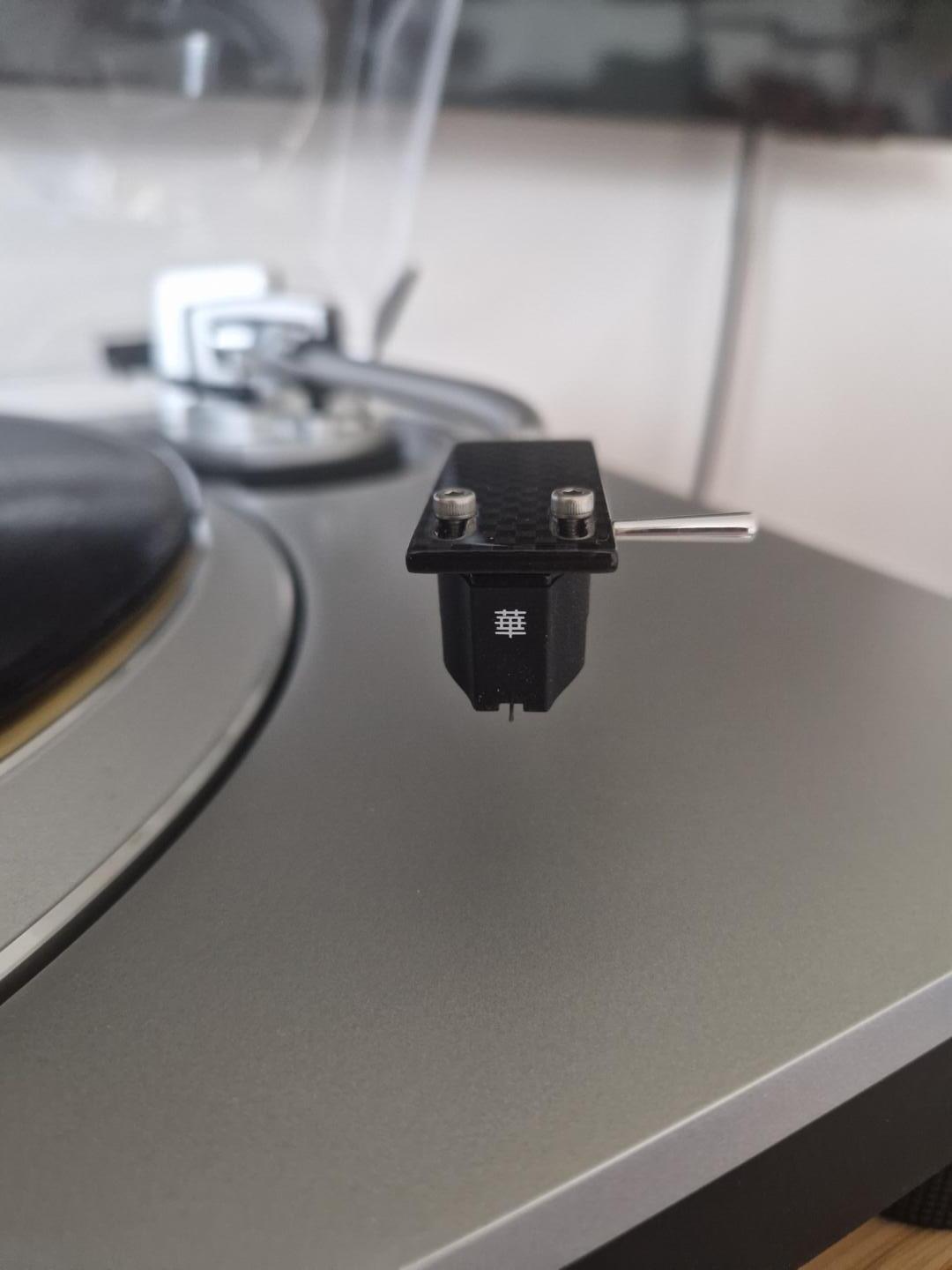
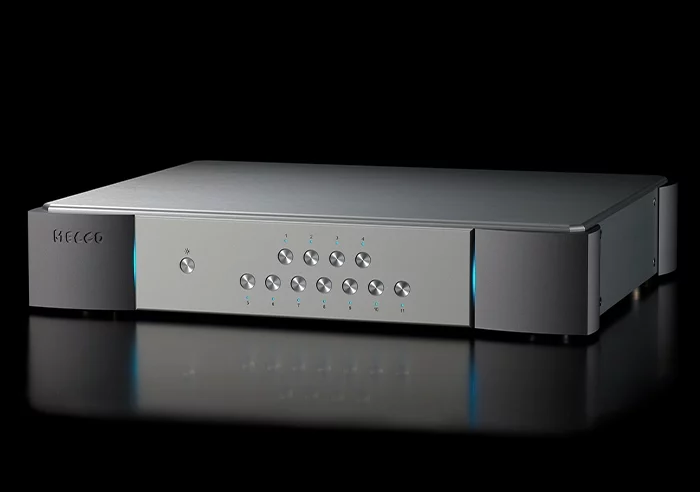
Leave a Reply